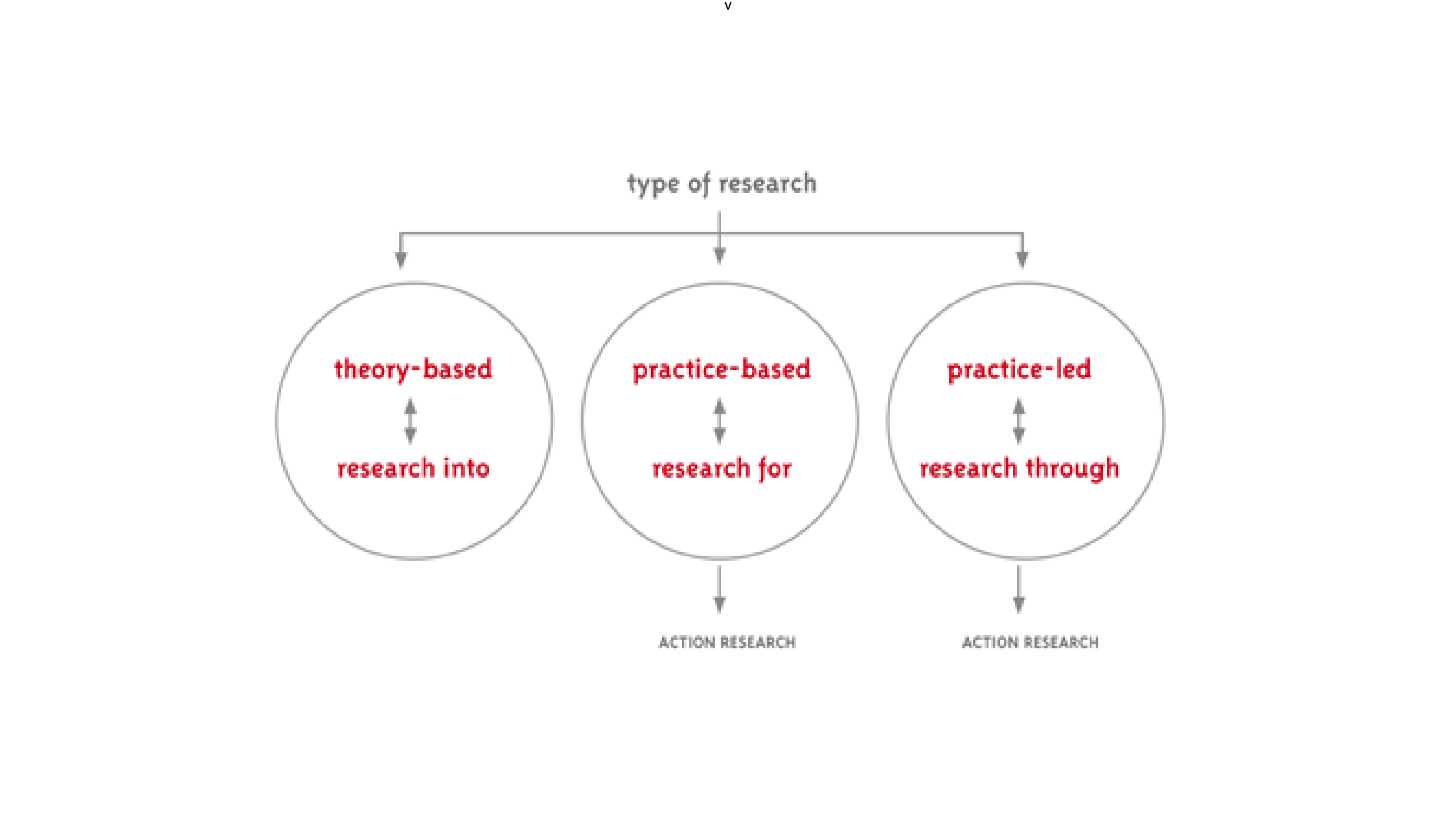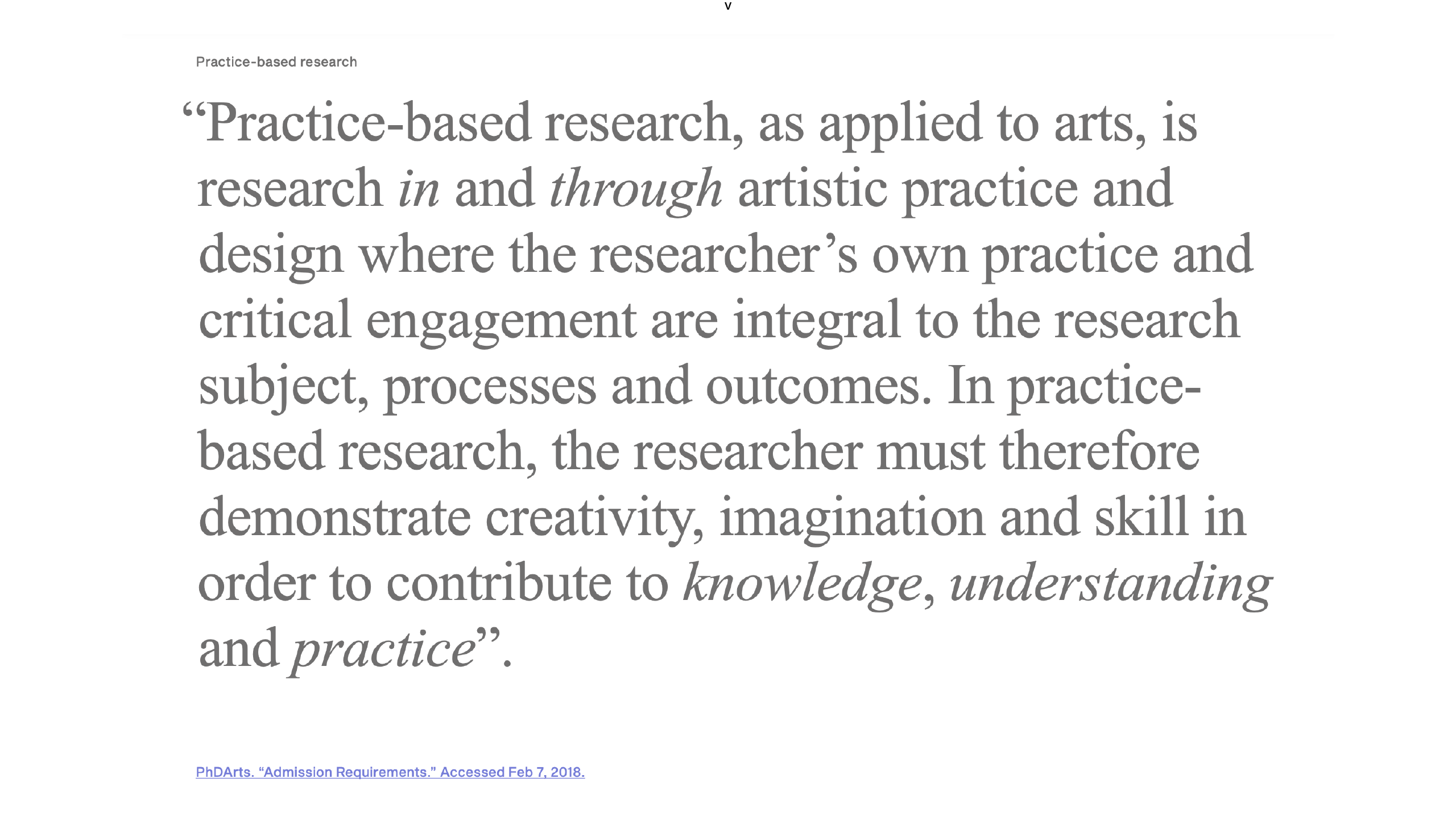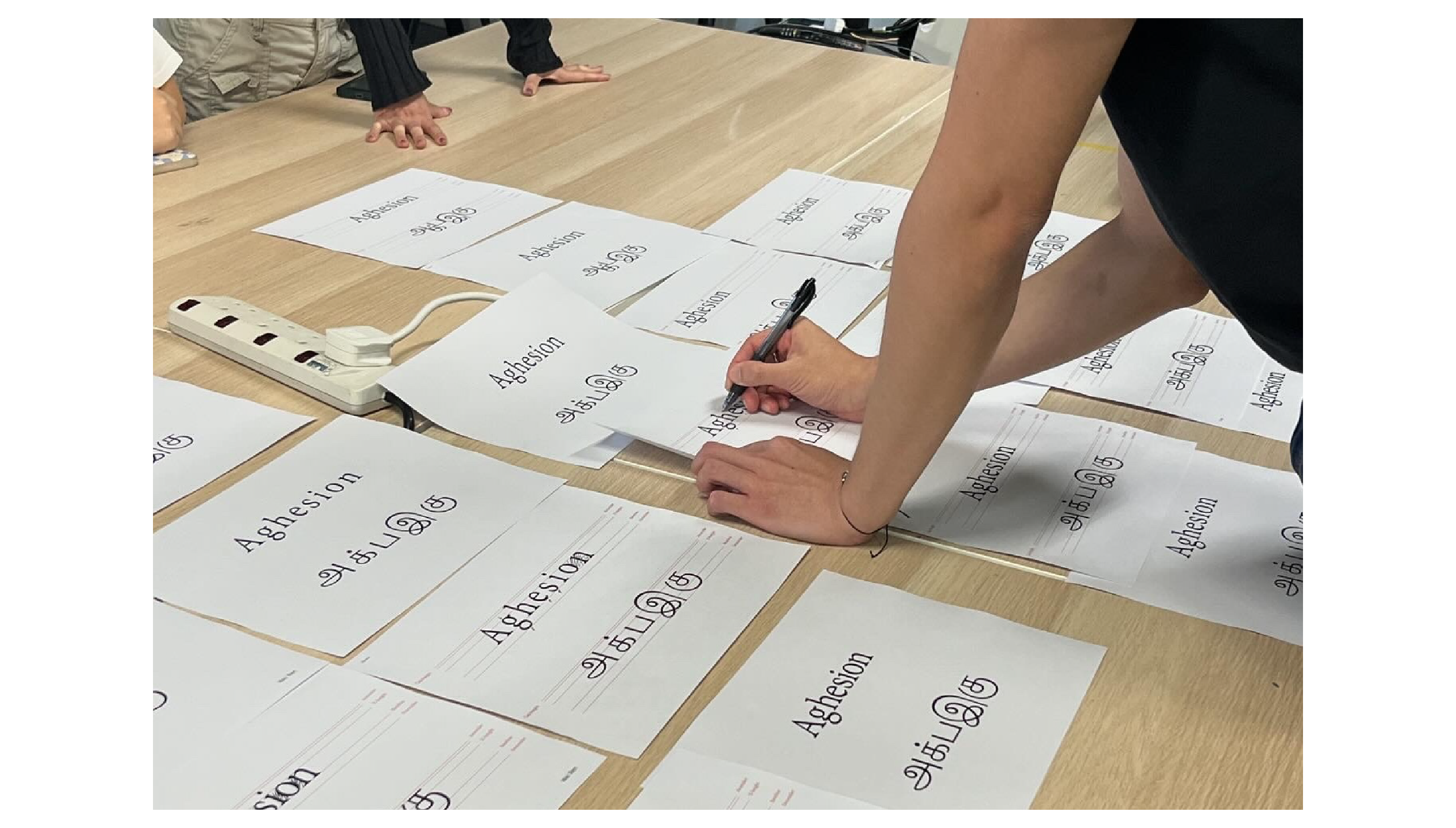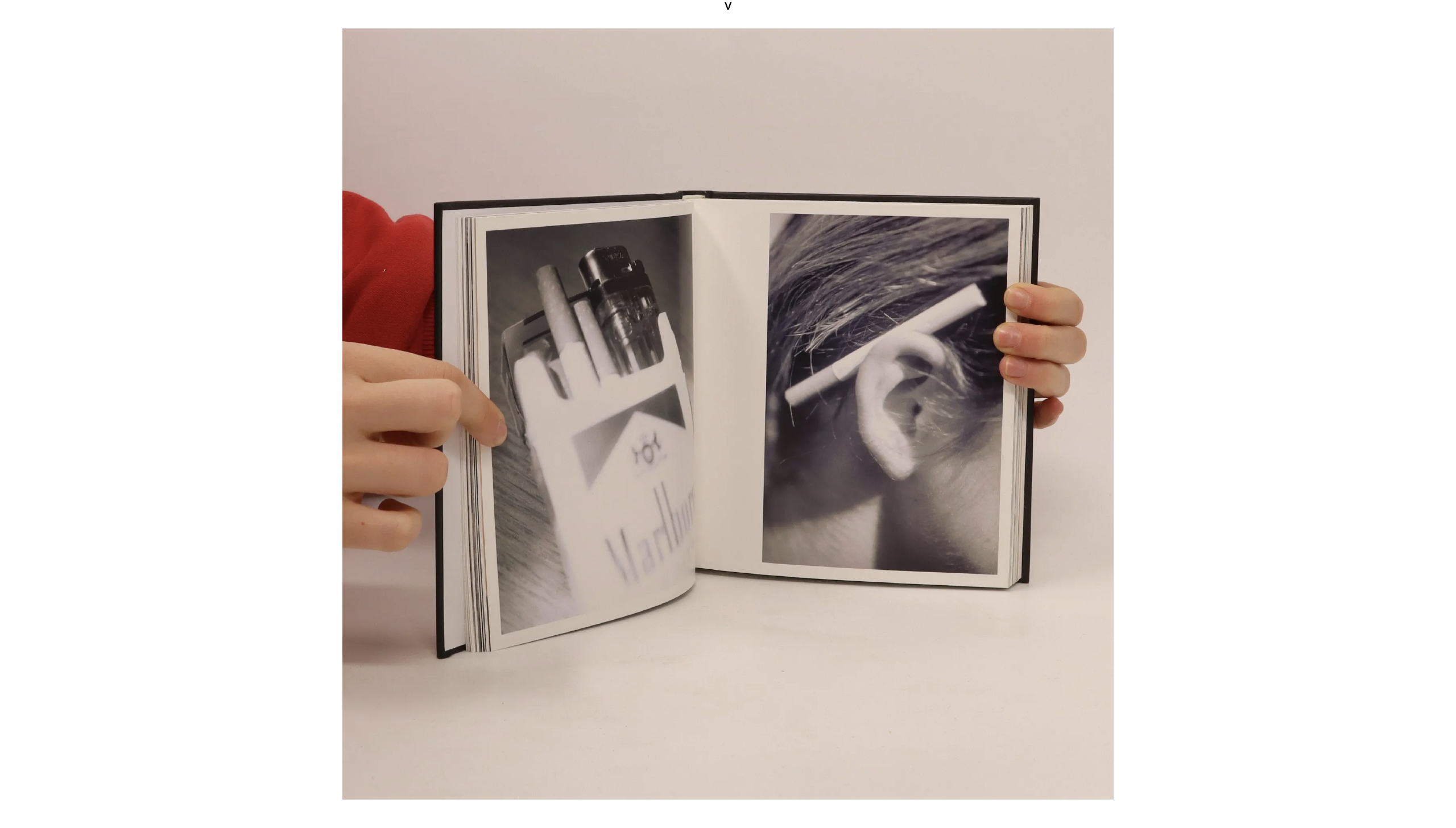This week was pretty busy, mainly because I had to code my CPJ website but other than that, I had to find a few readings from the library. Nothing much happened this week with my research as I was having a mini flare-up from my eczema and since nothing much happened, I would like to talk about the workshops I got this week, I had two workshops, one was Gideon's Research Workshop the other is Damien Chong's Typography workshop. As I go through the workshop, I will show you how these workshops shaped my research in a manner when it has more of a clearer focus.
Starting with Gideon's workshop, it also talks about where your dissertation falls under, Critical Journal, Interview, or Case Study. At first, I was pretty lost between Critical Journal and Case Study because they can somewhat be in the same journal but for now, I guess I am leaning more toward the Critical Journal and a little of Case Study as it allows me to delve into how the keyboard shapes human thought and creativity, while also providing the flexibility to incorporate case studies. I realised my topic and the way I research my topic sit closer to a Critical Journal as my approach allows me to connect my observations with outer sources, building a narrative around the constraints or enhancements or even creativity about the keyboard that brings to creative engagement. It allows me to delve into how the keyboard shapes human thought and creativity, while also providing the flexibility to incorporate case studies and insights from interviews as supporting evidence. So I think that Gideon said that sometimes a dissertation has a mix of both (if I'm not wrong).
Gideon also said something interesting when he stated that practice is commonly associated with doing, making, and action, and research is widely associated with thinking, writing, and reflection. He goes on to say that but for designers, it is different because what we do is research through practice: Thinking through doing, writing about making, and reflecting on/in action.

These three types of research—practice-based, practice-led and theory-based—have similarities to Frayling’s (1994) research approaches, based on the methodologies, processes, initial aims and final objectives of a design investigation: research into design, research for design and research through design. This means that during our writing of the dissertation, we should constantly be reflecting on every step in the journey of our project. We should always ask what can be better for the users or even ask ourselves why the sudden change of position or thoughts. He also talked about something interesting that I like to add to my CPJ which is experimental practice. It is considered the taking of ‘something’ from outside the design work and translating it through the medium.

Such work, commonly termed ‘practice-based research,’ is often interdisciplinary and can range from an idea or concept to a new material or process. In this case, the researcher will be engaged in making work within a field of interest as well as reflecting on it and contextualising it. This reflective method engenders a viewpoint that is both internal and external to the subject of the research. In practice-based research, new knowledge is generated by a combination of artefacts and the reflection that they engender. In this type of research, the uniqueness and/or value will be contained in the nexus between the written text and the designed objects.
Gideon continues to encourage us to gather, and generate information, data, and artefacts and to analyse them closely, to question ourselves what will you make and how will you reflect on what was made and the process of making them (in addressing your research)? He gave some methods for making, some of them are observations, visualisation, sketchbook/journal, material/ process experimentation, simulation/modelling, visual or text archives, and workshops. All these, I think, are useful for my project to start experimenting and researching. What I found interesting was the part when he talked about reflection, he talks about how reflect-on-action is a critical research skill and is a particular activity that involves thinking about what we are doing and reshaping action while we are doing it.
Moving on to Damien Chong's workshop, I have to say, it gave me a lot to think about. We dove into the origins of italics, which I had never really considered before, but now I can't stop noticing how they're all about adding emphasis. Then, there was the whole thing about stroke contrast—serif fonts have this beautiful high contrast with thin strokes, while sans-serif fonts stay more uniform and bold, almost flat from afar. It’s a small detail, but it makes a big difference in how we perceive a font.

The exercises got a little tricky, especially when it came to spacing. Our instructor told us to use the lowercase ‘n’ as a reference for kerning and to measure spacing by eye. It hammered home how the human eye is the best tool for spotting balance and imperfection in design. If we rely too much on grids and guides, we miss out on that natural, human feel. I also found it super interesting when he pointed out that human eyes see “perfection” as flawed, so even if something is mathematically precise, it may still feel off. Overall, this workshop opened my eyes to the subtle, yet important, elements of typography. It made me appreciate how much goes into designing even the simplest of fonts!
For my research part, I have read up about Habitual thinking and Cognitive Thinking because it struck me when I realised that our muscle memory is memorised on the QWERTY keyboard which can lead to habitual thinking patterns that limit creative exploration. So I've researched that an article about functional fixedness is when users see tools only for their usual purposes which limit their creativity. For example, if you think that the keyboard is for typing uses or a meditator for users to input their text on the screen, you might miss out on other creative uses for it. Another one is if we are constantly using shortcut keys just to save time, it will eventually make us focus on finishing it quicker rather than doing quality work. This will result in the thought of this constant push for efficiency which can lead to rushed, lower-quality results because the user has that mindset on becoming fixated on speed rather than thoughtful, creative solutions.
Breaking out of this mindset involves using tools differently like having a different output from the keyboard which can enhance creativity

Another concept I have researched is Uta Brandes, she is a German design expert, she talks about the idea of “Non-Intentional Design” which encourages people to look at the object beyond the conventional uses of objects, just like encouraging users to think beyond just using the keyboards and shortcut keys solely for speed and efficiency.
This allows people to look at objects differently because we are constantly too focused on the idea of efficiency which may fall into functional fixedness, limiting creativity and depth in their work. So basically this German designer approach would suggest that by rethinking how we interact with keyboards, we can unlock more innovative and thoughtful ways of working, avoiding the trap of prioritising speed over creativity.
